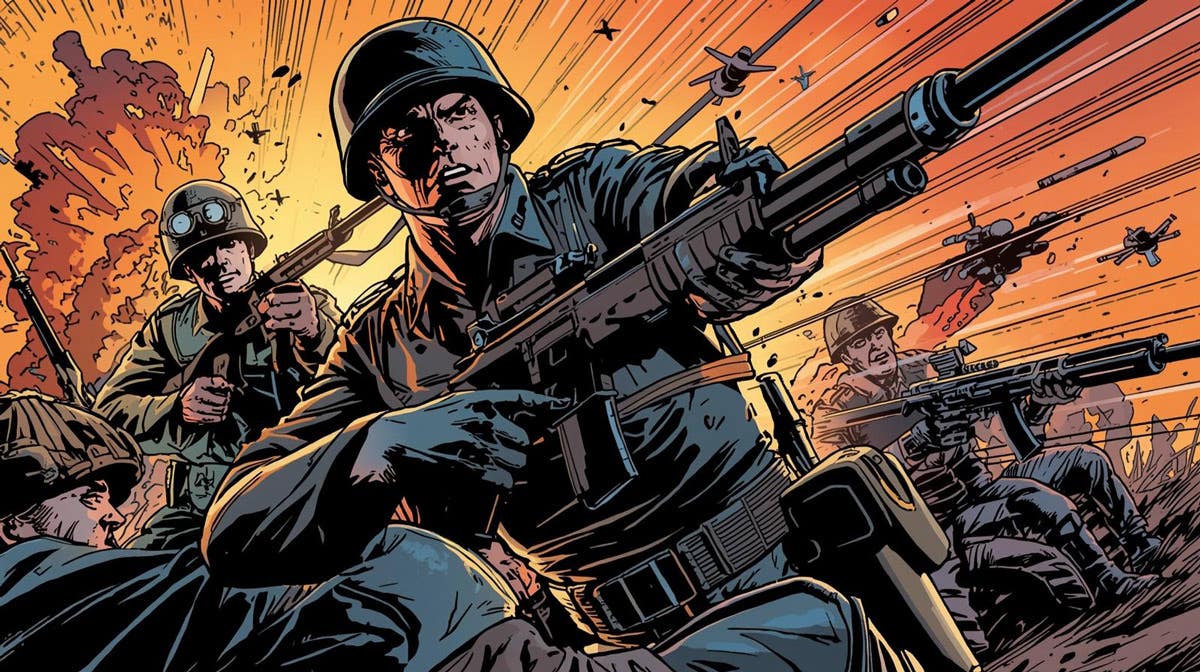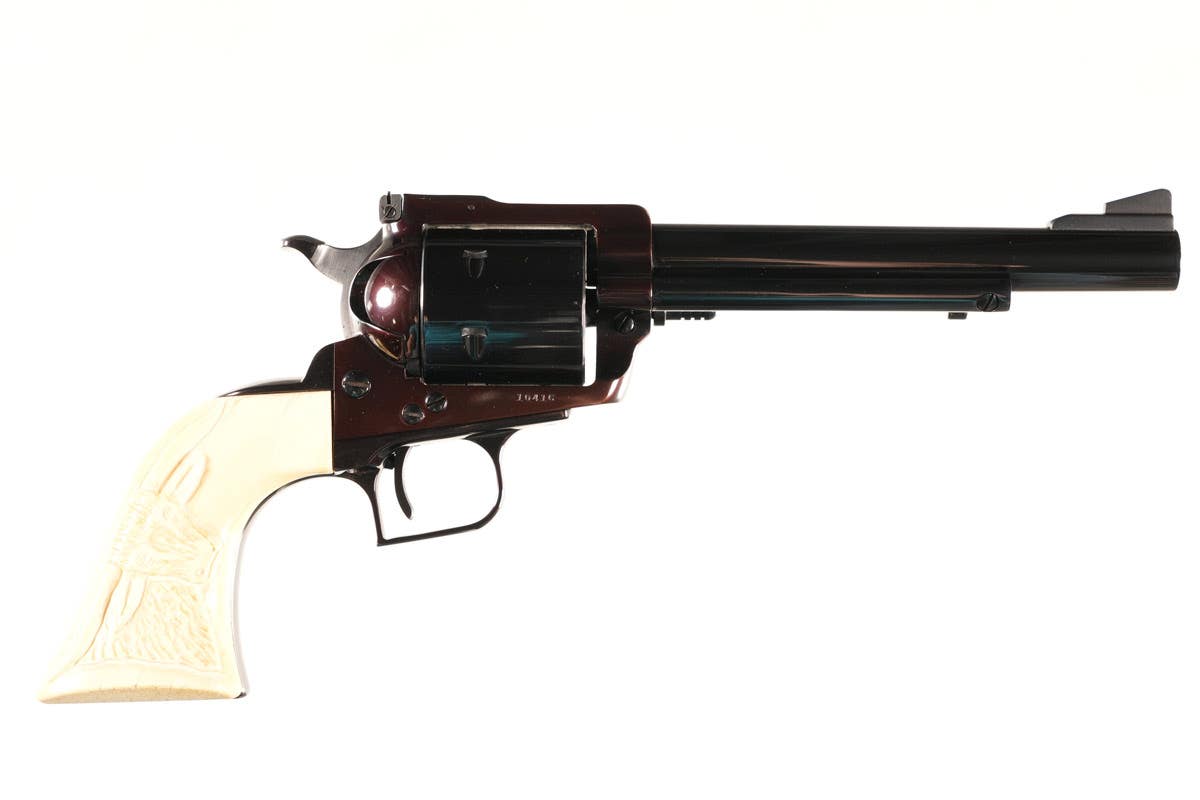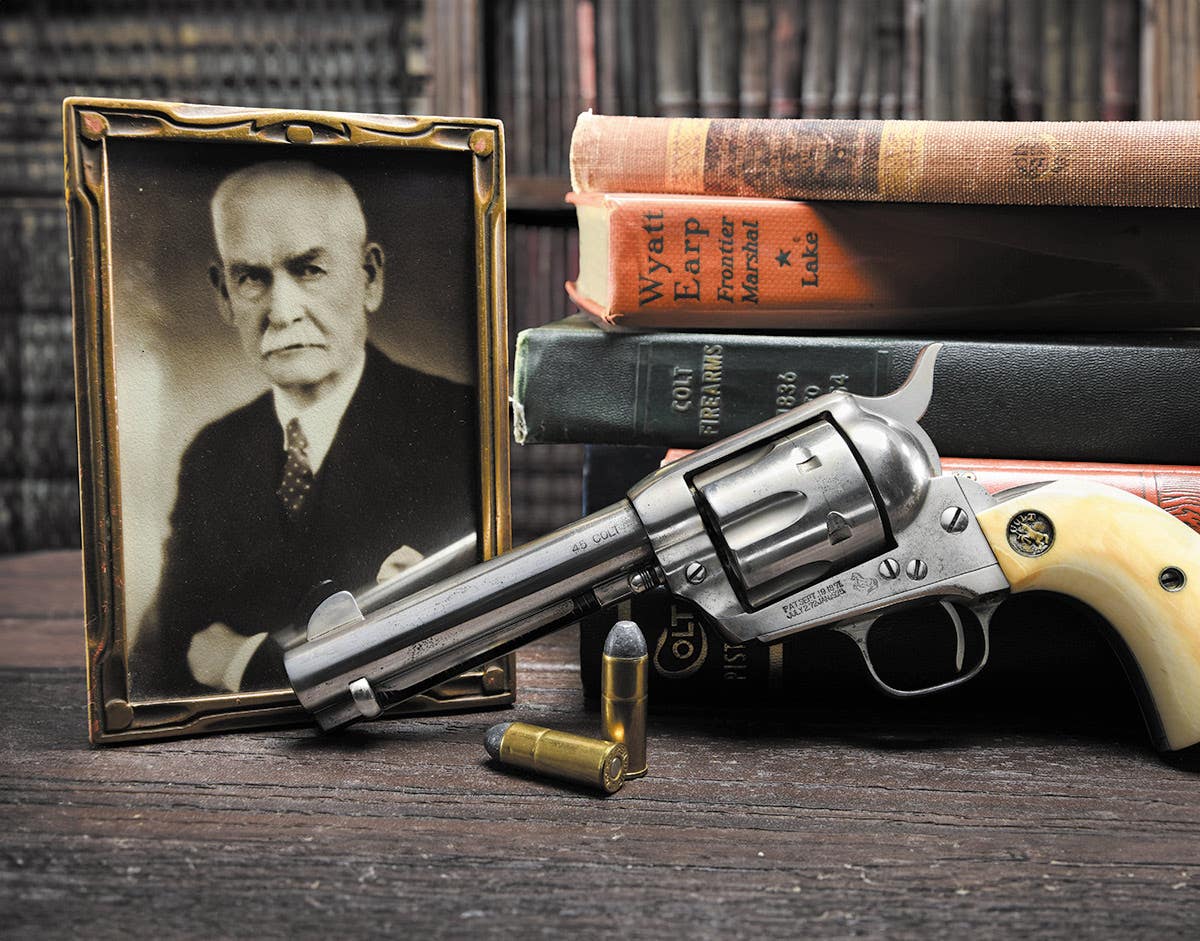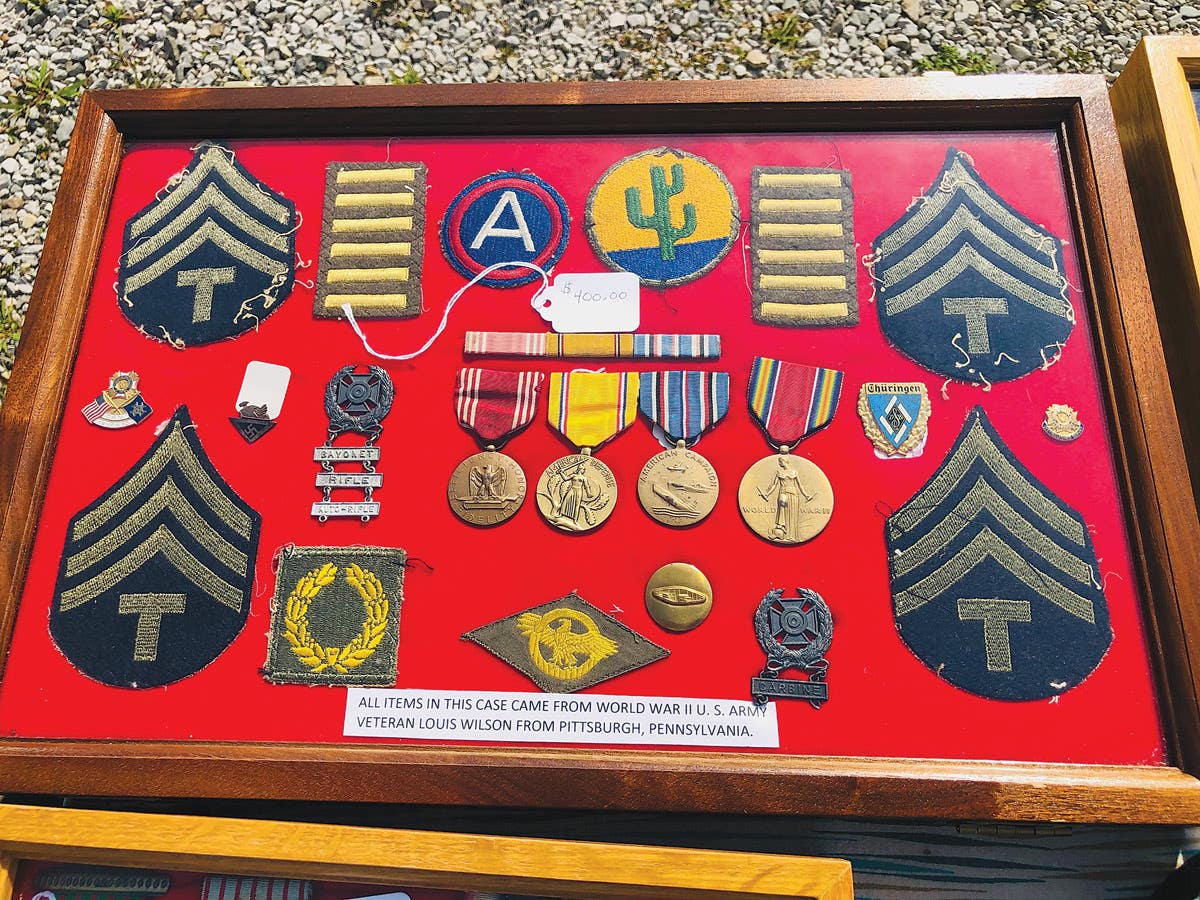MT talks with Vonn Krueger
Describer for Manion’s International on collecting
By Andrew L. Turner
It’s been years since Vonn Krueger has been to the Show of Shows, the biggest militaria collecting event on earth. If you don’t make it to the Kansas City or Hastings, Nebraska shows, then it’s probably been a while since you’ve seen Vonn. He has collected WWII memorabilia, with an emphasis on WWII German items, for nearly 40 years. He’s the lead German describer with Manion’s International Auction House, and has worked for the auction off and on since 1985.
“I still have my first Manion’s catalog, auction number 45,” he said. “Of course back then it was called ‘The Fox Hole.’
There were lots of nice WWI and WWII German items to be had.” From 1985 to 1986, Krueger did his first “tour” with the online militaria auction house. “I figured the best way for me to learn more about the stuff was to get my hands on it and work as a describer.”
Krueger returned to Manion’s for his second hitch from 1991 through 1995. “In the few years I was gone, the collecting world changed considerably,” he said. “The fakes were really starting to pop up everywhere and the quality of some was scary.”
With the onset of Manion’s new ownership, Krueger once again returned to his old outfit in 2005, and again observed changes in the hobby - as well as Manion’s auction. The catalog auctions, held several times annually, were replaced by online auctions closing on a daily basis. “I guess it just got too expensive to publish the catalog, but the online auction still has that live auction feel,” he said. “It’s a totally different environment at Manion’s since Jody took over; we’re working hard to weed out the fakes as they come through.”
He said that the quality of reproductions, and sheer volume of consignments received, makes filtering them difficult at times, but he encouraged anyone wanting more information about an item on the site to call in with questions. “That doesn’t automatically mean we’re going to remove it from the auction because you don’t like it,” he said, “but we’re happy to take another look.” Krueger also advises those who buy militaria on the Internet to remember there is no substitute for inspecting an item up close and in person. “Items can look a lot different in your hands than they do on a computer screen,” he said.
Krueger’s interest in collecting began in high school. “We had a history teacher who encouraged us to bring war relics to school,” he said. “It was mainly stuff from the Civil War, WWI, and WWII: Guns, bayonets, swords – all that stuff. This was the late 1970s, though.”
While today’s school systems would frown (to say the least) on this type of show and tell, it inspired Krueger to learn more about military conflict and to begin preserving these artifacts. His father was a gun dealer in rural Nebraska at the time, and it afforded his son a unique opportunity to build his fledgling collection.
“Back then guns and militaria went hand in hand, so I’ve been around the stuff nearly my whole life,” he said. “I went to all the auctions and sales with my Dad, and in those days, no one wanted a lot of that “military junk”. They’d have piles of stuff they were going to burn after the auction; I’d dig through them and pull out all kinds of good stuff.
“There was a sale at this house in particularly bad shape, but full of good stuff - we called it the ‘rat house’ because it had a bit of a rodent problem,” he remembered. “The family had made these huge piles of stuff in each room that was going to be burned, but the city ended up coming in and burning the whole house down.”
Krueger was able to get in before the blaze and uncovered quite a few treasures. “I found a WWI U.S. campaign hat still in the box, and several pieces of Civil War insignia among other odds and ends.”
“I’m not sure exactly how I became interested in the Third Reich material,” he said. “I think the ‘bad guy’ stuff just appealed to me as a young kid.” He encouraged new collectors to acquire items that appealed to their own interests, and learn as much about that specific area of collecting as possible. “New collectors had also better find some old collections and study pieces they know are original,” he said. “And the older collectors should be happy to educate the ‘new blood’ since they will be the future care-takers of these treasured military artifacts.”
He said it gets harder every year to find original items, and believes buying from veterans is the best way to be the most certain of authenticity. “But German medals and badges continued to be made as souvenirs to sell to occupying troops – so they even show appropriate age,” he said. “Sometimes I wonder if there are more fakes than originals on the market.”
Krueger advised WWII German collectors to pay special attention to the backs of badges. “The front doesn’t mean a whole lot anymore,” he said. “It’s the pin back design – the pin, hinge, and the catch – that is where you begin to identify a fake.”
Krueger offered one more piece of advice, something many people wouldn’t think: “If you’re a serious collector and have plans to get married, you had better get a pre-nuptial on that stuff,” he said. “If, God forbid, you ever get served with divorce papers, you’ll find your ex has added a couple of zeros to the value of your collection!”
RESOURCES FOR COLLECTORS
*Great Books, CDs & More?
*Sign up for your FREE email newsletter
*Share your opinions in the Military Forum








